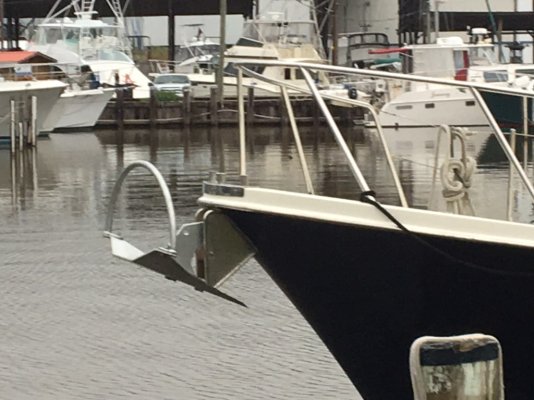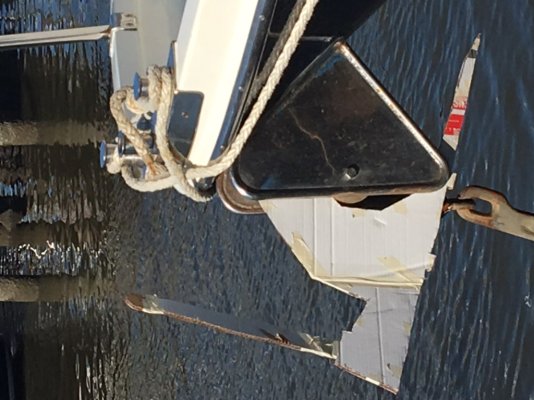Kawini
Senior Member
My soon-to-be new-to-me Selene currently has a ground tackle set up consisting of a Muir Cheetah HR2500, an 80 pound Rocna, and 400 feet of chain.
I plan to swap out the Rocna for the largest size Mantus the windlass can handle. How do I calculate the maximum size anchor here? How do I calculate the load of my anchor/chain set-up? Do I calculate for all 400 feet in chain weight, or only the weight corresponding to the actual water depth at the greatest depth where I plan to drop the anchor, or something else?
(Assume no bow roller issues.)
Thanks.
I plan to swap out the Rocna for the largest size Mantus the windlass can handle. How do I calculate the maximum size anchor here? How do I calculate the load of my anchor/chain set-up? Do I calculate for all 400 feet in chain weight, or only the weight corresponding to the actual water depth at the greatest depth where I plan to drop the anchor, or something else?
(Assume no bow roller issues.)
Thanks.


